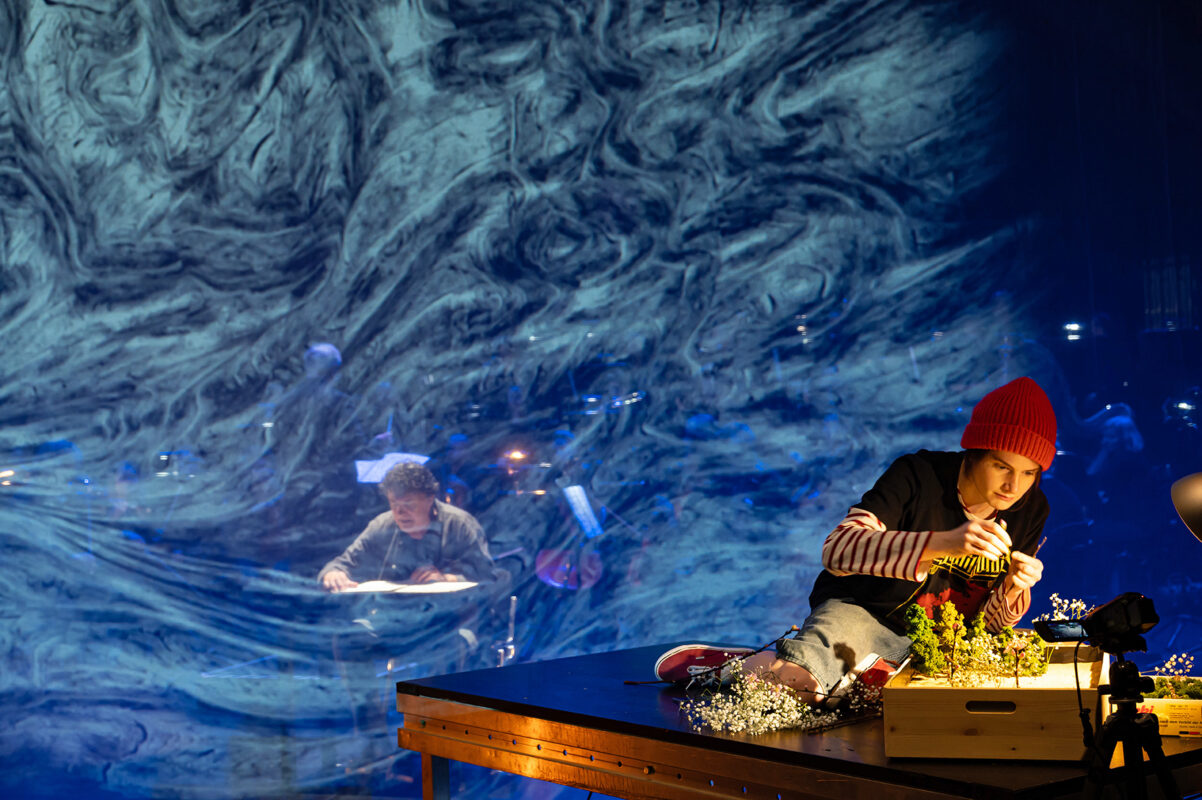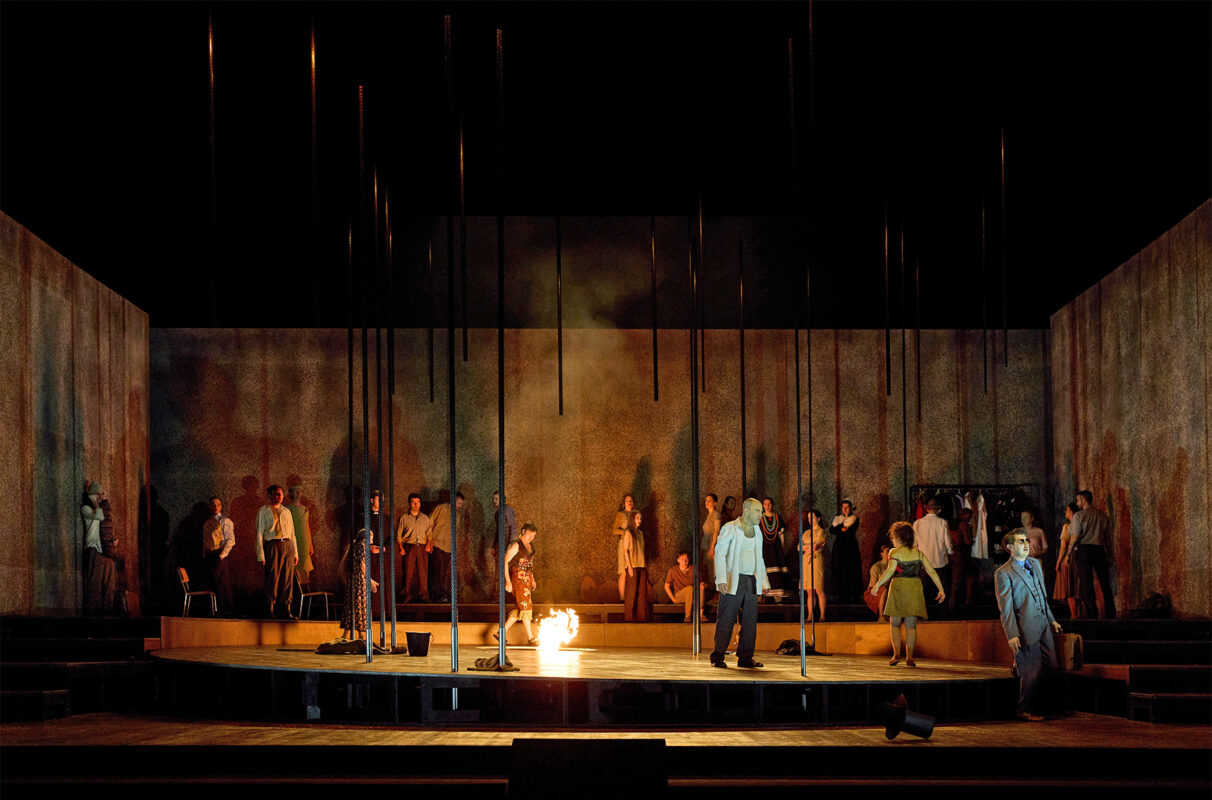Man, music, machine
As part of the festival "We are the robots", the robot orchestra of the Belgian Logos Foundation and the sound machines of Roland Olbeter could be heard from September 29 to October 1.
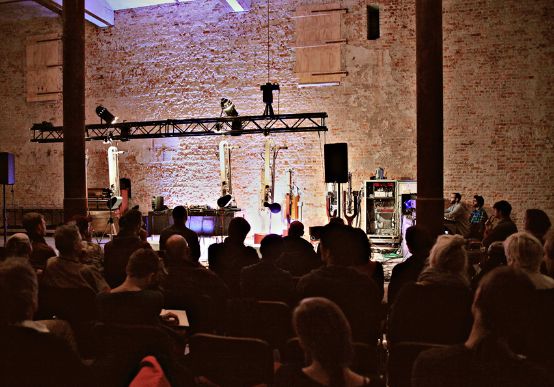
"We are the robots" is emblazoned on the posters for the festival. Who is speaking? Who is we? All of us? Have we all become robots, automatons controlled by computers, algorithms and smartphones? Or are these machines speaking? And what does robot music actually sound like? Is it something outrageously different from what we have understood music to be until now? Something completely new that can expand our "clogged and dulled channels of perception", as Philipp Rhensius writes in the Neue Zürcher Zeitung of July 22, 2016 wrote?
"What we will hear at the festival," says the program booklet, "is not robot music, but human music played by machines." Well, that doesn't sound outrageously different from anything we've heard before. Rather the opposite. And unfortunately, it doesn't sound like a confrontation with the fact that we have all long since become robots. Even if the robots will play first fiddle here: Humans will retain control in any case. What a pity!
-
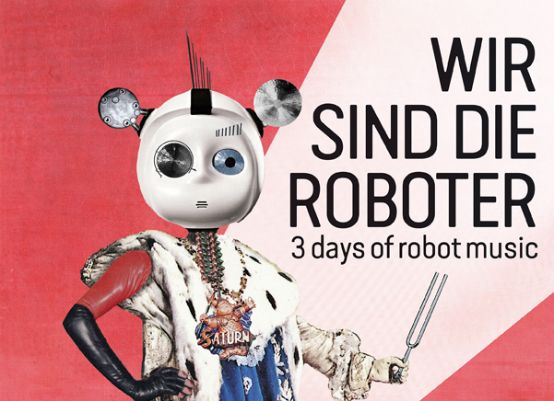
- Graphic Art: Marion Wörle
- Excerpt from the poster
From Frankenstein to Star Wars
The choice of venue reconciles me again. It feels like I'm diving into a gothic novel. The chimney of the former brewery, an industrial brick building, rises into the dark night sky, dimly lit by a red spotlight. A dark staircase leads down into the cellar, from which a faint smell of mustiness rises, and it wouldn't surprise you if you found the laboratory of a Dr. Frankenstein down below. Instead, a mechanical carillon sounds up from the depths, playing Erik Satie's Vexations plays. Satie composed the many repetitions to torture the pianist. In Gerhard Kern's installation, this unpleasant task is performed by an automaton: how practical! Elsewhere, in a damp cellar room, small points of light shine in the dark, emitting an electronic chirping sound. Cicadas by Michele Pedrazzi creates an atmosphere similar to that of Jean-Pierre Jeunet's dystopian films.
The machines for which the festival curators have commissioned compositions are set up on the upper floor. On one of the two stages are the sculptural-looking robots of the Belgian Logos Foundation: organ pipes mounted on handcarts, percussion instruments, helicopter funnels, thin, swinging metal strips fitted with hoses, tubes, wires and flashing lights. The robot orchestra from Ghent was created in the 1960s and has been continuously developed ever since, so that the ensemble of seven robots is reminiscent of Star Wars, Alien and Mad Max all at the same time. In the world premiere, the Hacklander/Hatam duo combines Enlistment as Alignment the percussive Logos instruments, which have evocative names such as "Troms", "Temblo" and "Psch", with programmed computer sounds and the drums played live by Colin Hacklander. The rhythms of man and machine combine here to create a multi-layered complexity. Cellist Okkyung Lee uses the same Logos instruments combined with a cello for her composition SoomNoRae. Here, the percussion of the robots seems monotonous and dull in contrast to the instrument played by Okkyung Lee; the sound of the cello clearly wins out over the machine. But the robots strike back. One of them simply doesn't start in the right place. Humans are always in control! The technician has to intervene and restart the programming. The unexpected error in the system interrupts the rigid sequence that the machine imposes on the instrumentalist and for a moment creates a feeling of liveliness.
The curators Marion Wörle and Maciej Sledziecki, who work together as the duo gamut inc, have also composed a piece for the Logos instruments: Planet Nine. A black disco ball spins under the ceiling, speckling the room with bright points of light. Wörle and Sledziecki sit in front of their laptops like the pilots of a spaceship and watch the pre-programmed goings-on of the robots. Dark drone sounds whisk you away in a wide arc into infinite musical expanses. And for a moment, you no longer perceive the robots as mere fairground attractions, but as instruments - or even as instrumentalists.
-
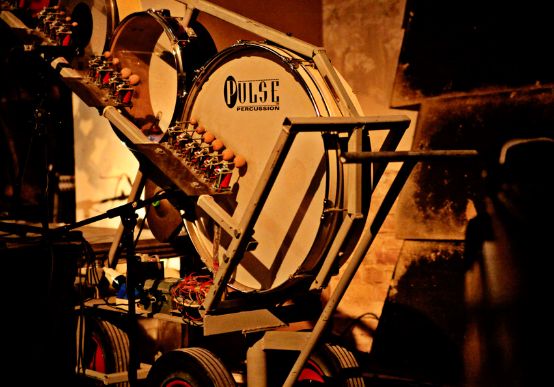
- Photo: Christoph Voy
- "Troms" from the instrumentarium of the Logos Foundation
Sounds from the eighties
The second group of instruments composed for the festival are Roland Olbeter's sound machines. His "Pollywoggs", elongated and with a gray plastic surface, are reminiscent of machines in the production halls of the automotive industry, but their sound is based on the instruments of a string quartet. Olbeter's second group of instruments, called "Sound clusters", look like mutated bassoons or clarinets, but produce guitar-like sounds. In the 12 pieces for Olbeters machinesPiotr Kurek composed for different combinations of instruments, the sounds of the individual instruments are clearly emphasized. Unfortunately, the "Pollywoggs" sound like cheap synths from the 1980s, so that the sound doesn't really justify the technical effort. And the scenic impression of the sound machines also leaves a lot to be desired, as the audience can't really see exactly how the sounds are actually produced. Moreover, because the sounds are always technically amplified, i.e. they come out of the loudspeakers anyway, one wonders what the difference is between this and a backtrack or a CD being played.
After three days at the Robot Festival, you will definitely long for music by people for people, with voices and breath and a physical presence that opens up your blocked channels of perception and allows you to feel your own vitality.
Festival website






